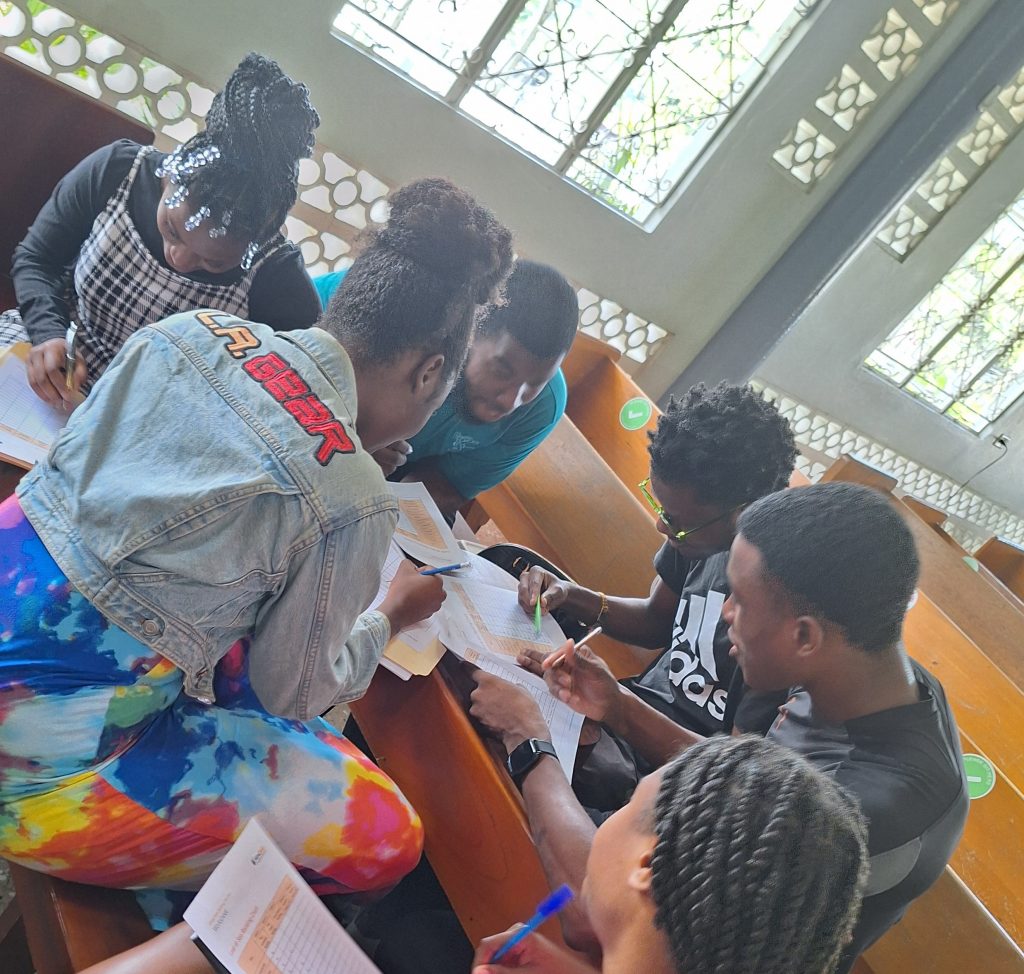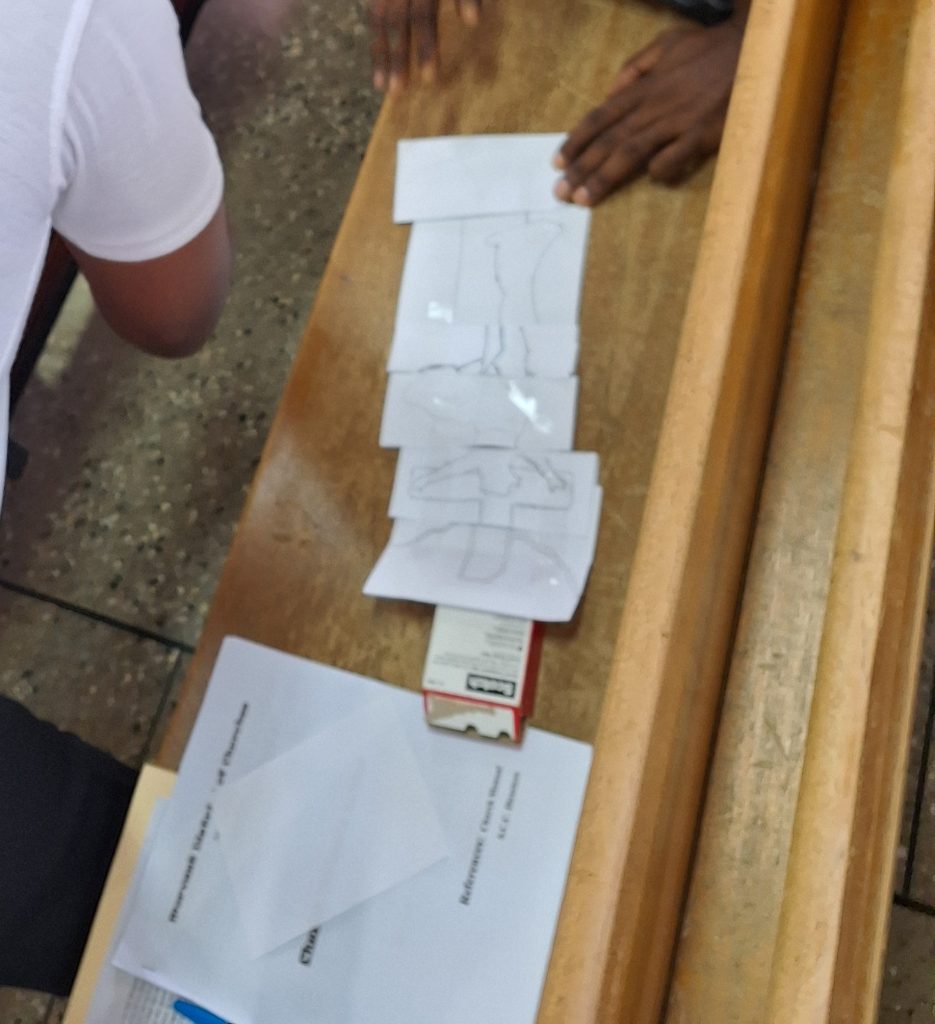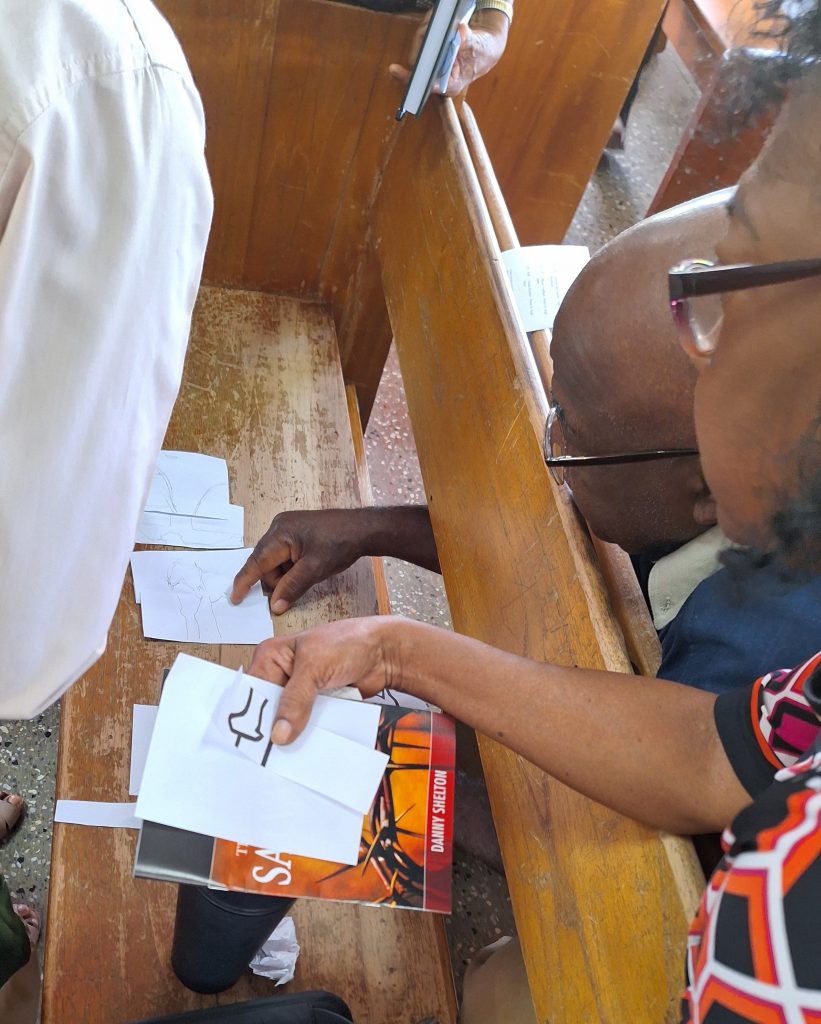Team Building and Group Dynamics by Petra Pierre-Robertson
This blog is written as a result of a request for information made after a presentation I did on team building and group dynamics. It covered the biblical basis for teams, what is team building, the importance of team building, and introduced group dynamics. Questions were posed for reflection at the end of the session.
The biblical basis of Team Building
Just as the varying parts of the human body need each other to best accomplish its work, so the Body of Christ needs to function interdependently, like a team. Romans 12:4 – 8 (NIV) stipulates that “just as each of us has one body with many members, and these members do not all have the same function, so in Christ we, though many, form one body, and each member belongs to all the others. We have different gifts, according to the grace given to each of us. If your gift is prophesying, then prophesy in accordance with your faith; if it is serving, then serve; if it is teaching, then teach; if it is to encourage, then give encouragement; if it is giving, then give generously; if it is to lead, do it diligently; if it is to show mercy, do it cheerfully.”
1 Cor. 12:12-27 builds on that by likening team work to the functioning of the human body. Here is what it postulates (NIV), “Now if the foot should say, “Because I am not a hand, I do not belong to the body,” it would not for that reason stop being part of the body. And if the ear should say, “Because I am not an eye, I do not belong to the body,” it would not for that reason stop being part of the body. If the whole body were an eye, where would the sense of hearing be? If the whole body were an ear, where would the sense of smell be? But in fact God has placed the parts in the body, every one of them, just as he wanted them to be. If they were all one part, where would the body be? As it is, there are many parts, but one body. The eye cannot say to the hand, “I don’t need you!” And the head cannot say to the feet, “I don’t need you!” On the contrary, those parts of the body that seem to be weaker are indispensable, and the parts that we think are less honorable we treat with special honor. And the parts that are unpresentable are treated with special modesty, while our presentable parts need no special treatment. But God has put the body together, giving greater honor to the parts that lacked it, so that there should be no division in the body, but that its parts should have equal concern for each other. If one part suffers, every part suffers with it; if one part is honored, every part rejoices with it.
This phrase provided by the Ministry Tools Resource Center captures it nicely: “God so designed the Church that it grows and builds itself up in love, as each part does its work”. (Eph. 4:16)
What is team building?
Team building may be described as the action or process of causing a group of people to work together effectively as a team, especially by means of activities and events designed to increase motivation and promote cooperation. (Northwest Education). The team building session I did was part of a process of turning a group of church officers into a cohesive team to work together to meet the needs of their local church by accomplishing their purpose and goals. (Definition adapted from Heathfield, 2021)
Why is team building important?
The importance and main purpose of team building is to create a strong team through forming bonds and connections. Deiratani (2021) alludes to the importance of team building in its ability to foster the following:
1. Networking, socializing, and getting to know each other better
2. Teamwork and boosting team performance
3. Celebration, team spirit, fun, and motivation
4. Collaboration and the fostering of innovation and creativity
5. Communication and working better together
Team building fosters the enhancement of [church] culture where [church] culture can be explained as the values, norms, goals, and attitudes that exist within your [church]. It defines the environment you [function] in and makes up the personality of the [church]. Additionally, Deiratini (2021) posits that it build bridges across departments. For example, “Team” doesn’t have to be confined to the [Sabbath School] team or the [Personal Ministries] team or the [AY Team]. It is a unified collection of all the working teams that make up your [church]. She went on to posit that team building will surely bring departments closer together to encourage cross-functional collaboration that will benefit your [church] as a whole. [Leaders] should [work] with people in other departments, instead of working in a SILO with members of their immediate team. Bridging those divides allows for positive relationships to form, which leads to a more productive environment/church.
Silo Mentality
At a management meeting of the church, I mentioned the need to dispense with the silo mentality. It occurred to me that a few people were not aware of what that meant. A silo is a stand-alone structure for storing bulk material like grain. There are different types of silos such as “tower silos, bunker silos, bag silos and silage piles.” (Oregon State University)
When [leaders], and even management, only think “inside the silo”, it means that they report only to their department. Information isn’t shared or communicated because [departments] want to have the upper hand — contributing to the silo approach. Brown (2022) provided an example of this as follows:
Two separate departments working on the same program without either department realizing it. When [departments] don’t talk to each other, they end up doing redundant work, wasting time and lowering efficiency.
Brown (2022) also referred to drawbacks that emanate from a silo mentality. These drawbacks include:
1. Duplication of effort
2. Lack of team alignment
3. Lack of cross-team collaboration and communication
4. Pursuing departmental goals instead of organization’s goals
5. Sharing information is scarce
6. Turf war and competition for programs and resources
7. Lack of meetings or activities that promote interactions between departments
8. No cross-department or cross-team projects
Importance of team building (cont’d)
Deiratani (2021) also highlighted another importance of team building, namely, the unlocking of leadership potential in a more relaxed and creative environment. According to her, you may find [members] have hidden skills that haven’t been discovered in the [pew/department]. Leaders can arise in the simplest of activities. Regularly scheduled team building events can feed [members’] confidence in the [church]. This may lead to the discovery that the quiet new [member] is incredibly gifted in a particular area and with the right mentor, development opportunities, and encouragement could be the [organization/church] next rising leader. Additionally, team building would improve engagement and morale.
Team building activities
Team building activities facilitate interaction and cohesiveness. Team interaction involves doing things to and with each other, revolves around the tasks the group must accomplish and are organized and interconnected. Team Cohesion is the strength of bonds linking members to one another and to their group. It defines its unity, oneness, and solidarity. It is important to note that groups vary in their level of cohesiveness. Each person’s contribution is vital for success.
At this point I provided four activities to foster interaction and cohesiveness. Teams were given a scenario requiring decision making, planning, consensus building, problem solving, adaptability, patience, communication and other team building traits. The activities also stress the importance of each individual’s contribution to the success of the team. They were as follows:
Shipwreck/Lost at Sea
Picture Pieces
Unified Story
Code of Conduct
Here are some images emanating from the activities. They show newly-formed teams working together to accomplish the tasks assigned.
Groups at Work
I drew on the group exercises to show the importance of group dynamics to team cohesion. Group dynamics is how people in a group interact with one another. When dynamics are positive, the group works well together. When dynamics are poor, the group’s effectiveness is reduced. People often take on distinct roles and behaviors when they work in a group. Group dynamics describes the effects of these roles and behaviors on other group members, and on the group as a whole. (Kurt Lewin).
What causes problems in a group?
Mind Tools provided critical insight into this area. They posited in a very succinct matter some sources of problems of a group. These are as follows:
1. Weak leadership: Can lead to a lack of direction, infighting, or a focus on the wrong priorities
2. Too much deference to authority: When people want to be seen to agree with a leader, and therefore hold back from expressing their own opinions
3. Blocking: May manifest in different personalities such as Aggressor, Negator, Withdrawer, Recognition Seeker, Joker etc.
4. Groupthink: When the individual’s desire for consensus placed above desire to reach the right decision
5. Free riding: Some group members take it easy and leave their colleagues to do all the work. (Social Loafing)
6. Evaluation Apprehension: When people feel that they are being judged excessively harshly by other group members, and they hold back their opinions as a result.
Additionally tips were provided for strengthening group dynamics. These were:
1. Know your team.
2. Tackle problems quickly with good feedback.
3. Define roles and responsibilities.
4. Break down barriers.
5. Focus on communication.
6. Pay attention.
Contextualising team building
As a leader one of your responsibilities is to steer the body in following God’s design and purposes for the Church. This is accomplished by modeling it in your own ministry, by structuring for it to happen, and by equipping others to align with God. It would be remiss of me not to engage you in reflection. Some of you might tend to want to go it alone. You may be an independent type or a perfectionist. You may be threatened by people wanting to do things a different way than what meets up to your standards. (Ministry Tools Resource Center) For others, you may tend to thrive on this kind of group endeavor. You are a people person or the type who looks more at the big picture. Regardless of your personality type, remember that God designed the church to operate as a body and as a leader you have a critical role to play in fostering such – not just within your department but within the entire church body.
References
Brown, Joe (2022) Silo Mentality: What Are Organizational Silos and Their Impact
Deiratani, Amanda (2021) 12 Reasons Why Team Building Works
Heathfield, Susan M. (2021) The Balance Careers
Lewin Kurt quoted in Mind Tools
Mind Tools “Team Building Exercises – Problem Solving and Decision Making”
Northwest Executive Education “Why is Team Building Important”
Oregon State University “Silos”









Leave a Reply